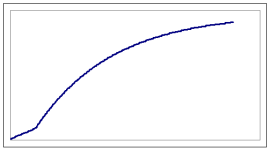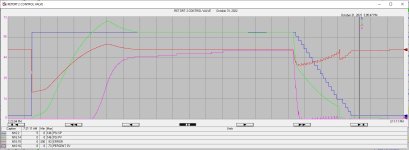no, only for pressure, vacuum and level switches (ignored by operatorsWhoa, thanks!
Is the stilling pipe used for a level measurement?
no, it is external to the vessel, and is plumbed in near the bottom on a fitting.Is the stilling pipe slotted or perforated down its sides inside the treating vessel?
Does the oil level reach the top of the treating vessel, or even go up into the extension of the stilling pipe above the vessel?
see above re: operators, but ideally, no oil should be present above the highest point of the vessel, ie: the ceiling.







